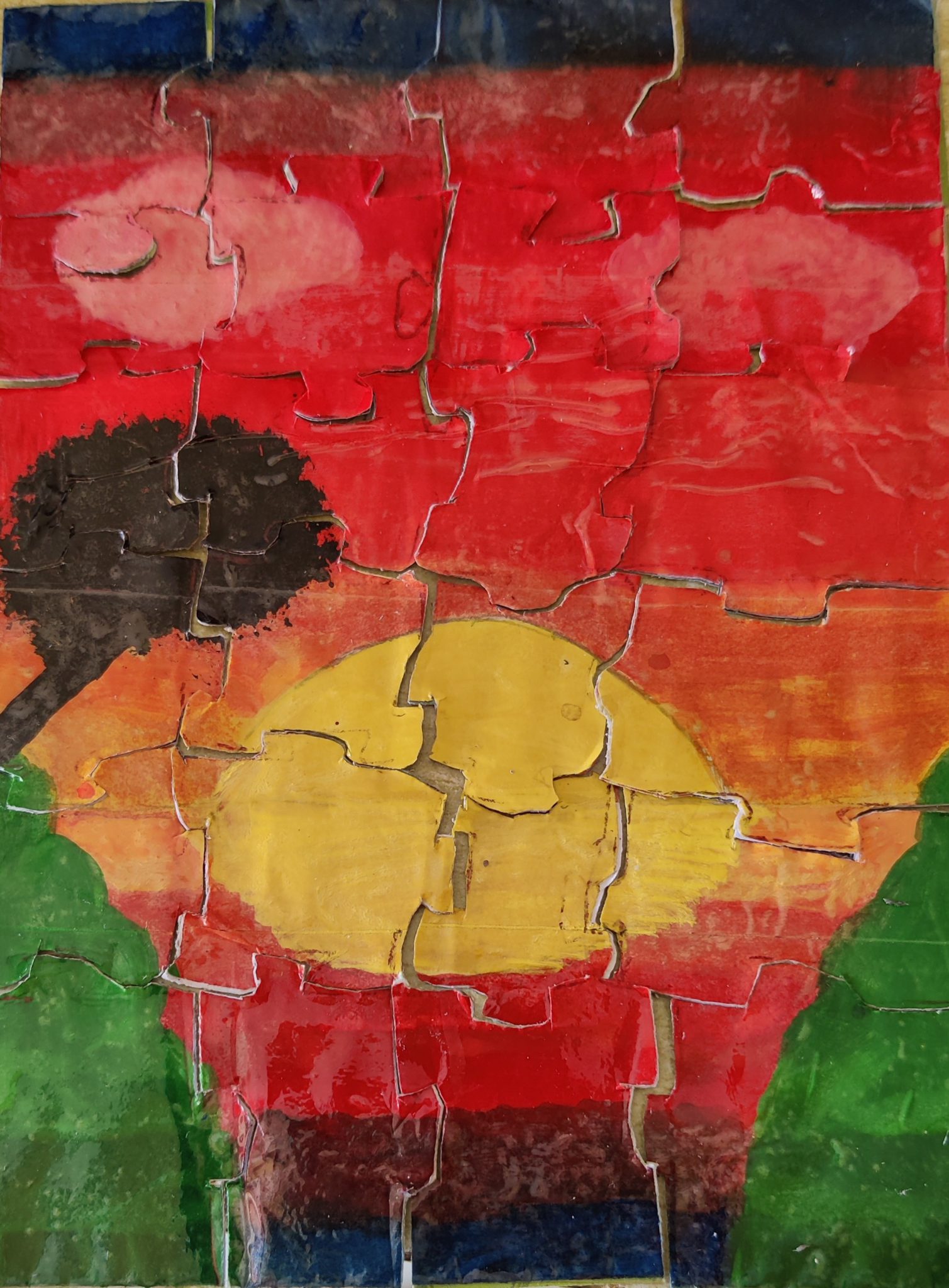Weaknesses of Hinduism which made it befall to Islam


When a person suffers from a viral disease, the incident can be viewed in two perspectives:
In the context of Islamic invasions, most articles, posts focus on the first point and keep blaming Islam. And that’s correct as Islam in the middle ages was barbaric, tribal and extremely aggressive.
But it is also a fact that Indian society also could not fend off the threat just as it had repealed the Greek invasion or even in the “Battle Of Rajasthan” it had stopped the Muslims from getting Inside Indian mainland (after capturing Sindh) around 730AD.
Let me put the social reasons what were responsible in weakening the Hindu society.
First is “NEPOTISM”. How?
Second, status of Women:
Third, no unifying Hindu authority:
Fourth, Religious institutions became corrupt:
Due to degeneration of the values among the religious leaders, people lost faith in them and was exploited by Islam and even lately the communists. For e.g. in Kerala and other states, when communists snatched away the land of many monasteries/temples, there was wide speared public support. The Govt. Of Odisha is planning to sell off a lot of land of Lord Jagannath and is finding widespread support as the land is being illegally used by the sevaits (servants) of Lord Jagannath for their personal benefits.
The religions institutions were extremely unpopular, When Gandhis and Communists confisciated their lands and distributed them among the people, they became extremely popular.
I see, some of these weaknesses are already taken care of. But some are still there which Hindus need to get rid of.
DISCLAIMER: The author is solely responsible for the views expressed in this article. The author carries the responsibility for citing and/or licensing of images utilized within the text.
